The ancient Mayan settlements in the southern Maya lowlands of Mesoamerica date back to about 2000 BC. They are known for their elaborate calendar and writing systems and their accomplishments in architecture and agriculture. However, like other civilizations, they also experienced a decline. Studies say that they collapsed between 800 and 1000 AD. Their political system declined, for the Maya are still here today. Though often called Maya collapse, their civilization did not end but shifted away from the southern lowlands as a center of power.
Their collapse is dramatic because they flourished for thousands of years and abandoned their once-great cities. Their fall has been a subject of many studies trying to assess what exactly happened. Research shows common factors that led to the Maya collapse. One thing is certain; their decline is a combination of interconnected factors. Despite that, their contributions will always remain significant.
Overpopulation
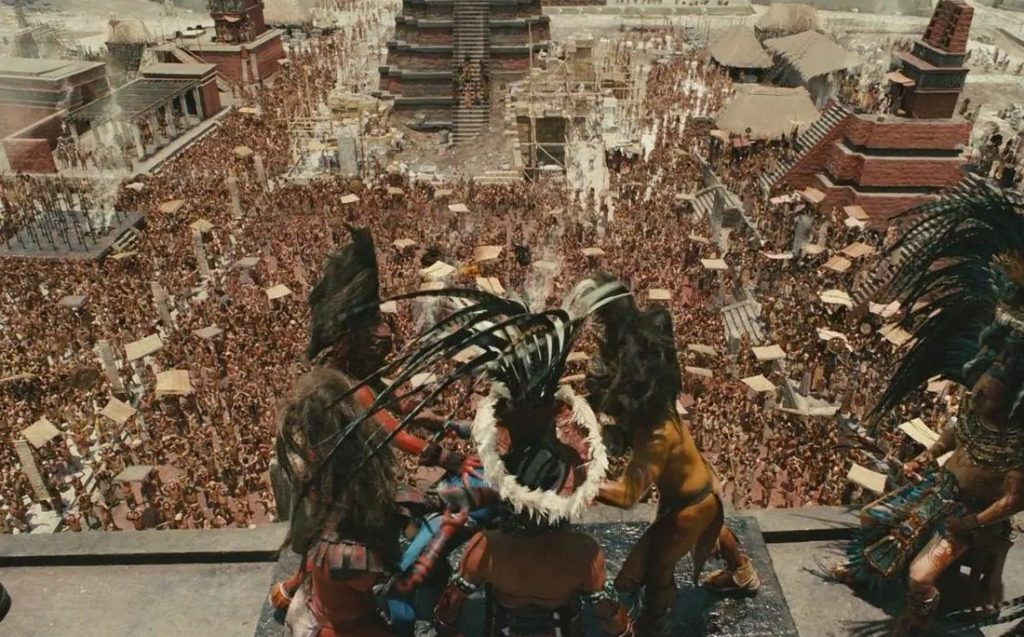
The Mayan civilization was one of the densest populations in history. After 2000 years of steady growth, their population reached a record high around 800 AD. Then, it ranged from 800 to 2,600 people per square mile near the center and 500 to 700 people per square mile in rural areas. Then, by 950 AD, their population crashed by as much as 95 percent.
Overpopulation may have led to a scarcity of resources that destabilized what used to be dominant elites. It may have strained their agricultural production, for they built farms and cities at the expense of their forests. Extensive deforestation interrupted the rain cycle as the flow of moisture from lands up decreased. A large population is difficult to support in the long run, and the Mayans had an extra challenge because they needed a steady supply of water. Yet, their region had a limited agricultural capacity.
Environmental Degradation
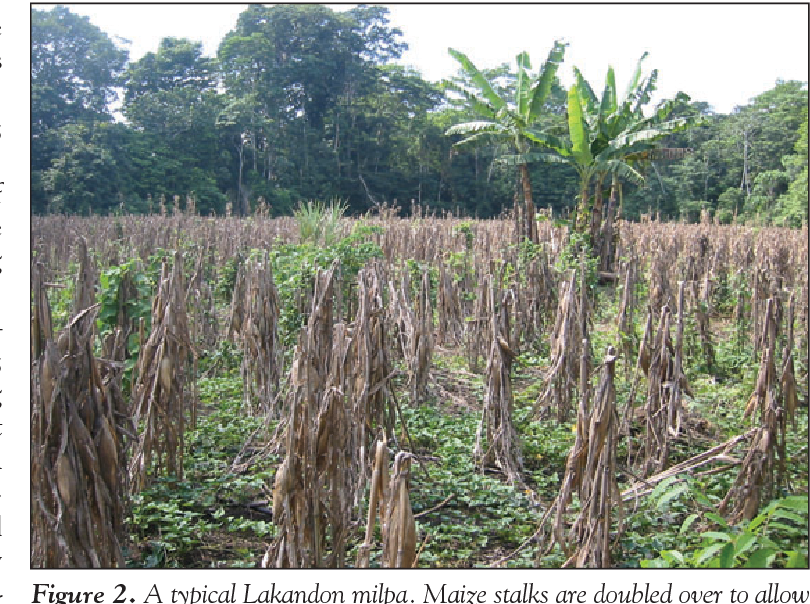
There are theories of Maya collapse that focus on their ecological conditions that worsened their resources and agricultural state. Studies asserted that the Mayans initially depended on a simple farming system called slash and burn. This is the method of cutting and burning forest and woodland plants to create a field.
Later, it was discovered that they had complicated agricultural techniques that caused their increased population. These methods included terracing, canals, raised fields, seasonal swamps, dikes, dams, irrigations, and other procedures. Widespread deforestation and decreased biological diversity proved their ecological collapse. The Mayans’ farming techniques depend highly on water, and their location was not ideal habitat. For 1500 years, they exploited what they did not know was a problematic rainforest that turned up having nutrient-deficient soils.
Warfare
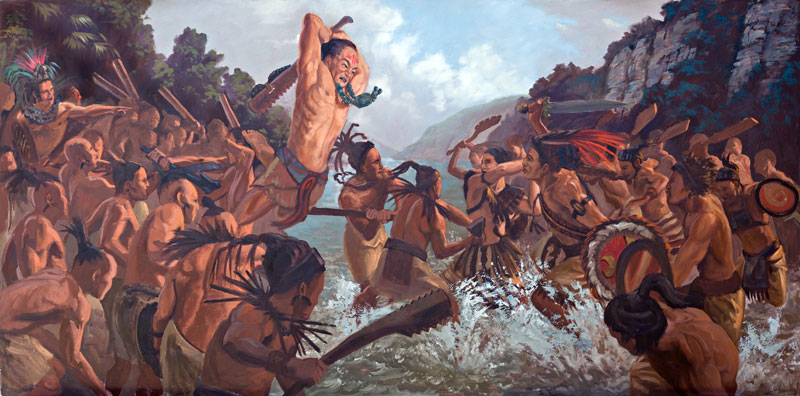
Scholars say that damaging war is also a factor in the fall of the Mayans. While warfare had been a part of their culture, its scale and intensity during the late years led to the building of fortifications. Earlier defeats resulted in the captivity of a few people, but by the Late Classic period, war became a conquest of territory to increase agricultural production. Many sacrificial victims were captured to please gods, wishing they would return to earlier stable times. Life in the cities became more dangerous, as evidenced by arrowheads on discovery sites.
During the Classic Period, the center maintained a diplomatic state through alliances and agreements between the great states of Tikal and Kalakmul. However, these alliances began to break around the late eighth century, as documented by a battle that took place in 792.
Shifting Trade Routes

The collapse of the Mayans’ complex trade systems also had to do with their decline. This pertains to their connection to the central Teotihuacán city in Mexico. Teotihuacán was said to fall on 700–750, compelling it to change economic relations over the highland Mesoamerica through the Gulf Coast.
Researchers discovered when these events occurred, and so they thought that the strongest influence of the Teotihuacán was in the fourth and fifth centuries. Teotihuacán civilization began to lose power and abandoned the city during 600-650. This differed from the prior belief that they collapsed on 700-750. This new date has been accepted, and the Maya civilization is now presumed to thrive for one century more.
Extended Drought

Severe drought is said to be a significant factor in the fall of the Mayans. Climate experts found rich evidence of extended droughts during the Terminal Classic in Peten Basin and Yucatan Peninsula areas. Such droughts greatly affected agricultural productivity, drying surface waters and eroding tropical soils lacking forest covers and vegetation.
Since the Mayans relied heavily on reservoirs to bring farmers to get clean water during the dry season, water levels dropped because of less rainfall, and crops failed. The kings who used crops as means of power also lost their control. Mayan rulers are known to link their power to deities, which created more problems because people began to lose trust in their rulers. The droughts and political instability would have hurt their agriculture and water storage, leading to their rulers wasting resources on battles. Droughts may have also affected their trading, for it meant less canoe travel.
Foreign Invasion
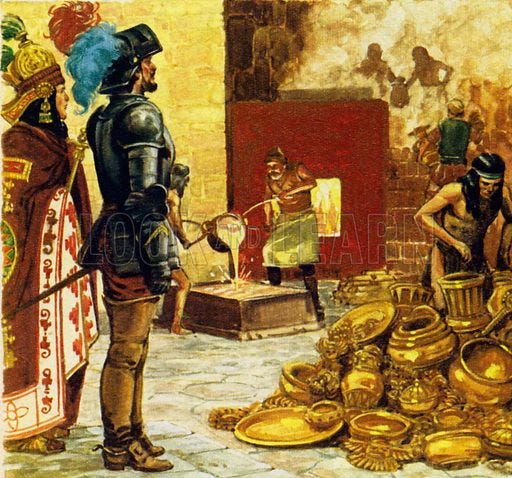
The invasion theory came up because of Toltec intrusion into Peten and Seibal. A non-Maya group from the gulf coast lowlands was said to invade the southern lowlands. This occurred in the ninth century and continued for 100 years. Within this period, a series of events destroyed the Mayans. The Toltec people of central Mexico influenced such invasion, but many Mayanists disagreed with this. They do not think that foreign invasion caused the collapse. Instead, they say that the Mayan ruin is a complex process, and no form of military occupation can explain such decline. Nevertheless, the Early Classic noted crucial Teotihuacan and Maya interactions before the Late Classic collapse.
Further supporting this theory are archaeological finds such as the notable figures at Ceibal depicting non-Maya hairstyles and mustaches yet wearing Maya attire. Others include non-Mayan glyphs, pottery from the gulf coast, and a masked figure of the central Mexico god.
Social Disorder
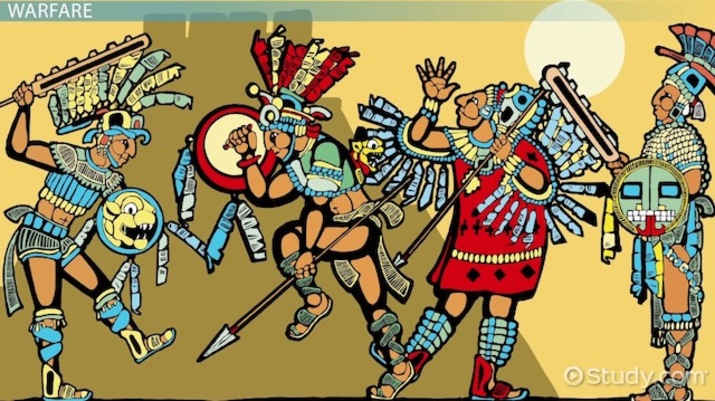
The environmental challenges that the Mayans experienced led to reconfigurations in their trading, leading to socio-economic and political instability. Researchers say that in the Terminal Classic Period, a cultural collapse happened, as indicated by city states’ fall and the lowlands’ drop in population.
Climate problems may have severely affected the Mayans’ life conditions and led to a more troubled society. Their priests resorted to making more sacrifices to appease the gods. When the people saw these were ineffective, written records show that it resulted in a significant exodus to the Yucatan. This led to a collapse of the city’s infrastructure and social structure.
Climate Change
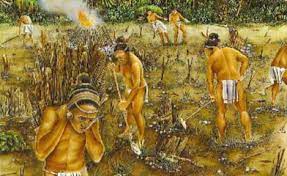
Newer studies and evidence supports the climate change theory as one of the primary drivers of the fall of the Mayans. The first theories showed that increasing precipitation had worsened diseases, but later evidence pointed out that lack of water had triggered the illnesses.
More recent techniques have located sources directly from the Maya central land. Mineral deposits showed evidence of prolonged droughts, luminescent stalagmites provided chemical proof of major desiccation, and other more valuable data were gathered. Fine data have proven that drought was real, and it severely contributed to societal disintegration.
Epidemic Diseases

The disease theory explains the reason behind the rapid decrease in population. Widespread diseases directly affect their population because of the spread of infection and indirectly impede recovery in the long run. Parasitic infections are common in Maya lowlands which are tropical rainforest areas.
Scientists assert that the Mayans may have encountered endemic illnesses related to Ascaris, trypanosomiasis, and some form of enteropathogens that brought acute bowel sickness. Insects that carry pathogens and parasites are common in their settlements, and the tribe’s agricultural development may have disturbed the environment of these insects. Acute diarrheal diseases greatly devastated the Mayan population because infections struck victims starting from childhood, hampering their growth and development. This made them more susceptible to other illnesses later in life, and their dependence on crops could have worsened it.
Peasant Revolt
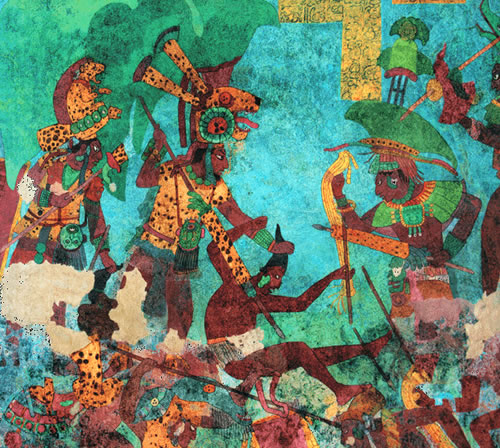
The Mayan hierarchy depended much on slave labor. Nobles and priests belong to the upper class. They were rich and powerful but small in number. Some researchers say that the oppressed laborers sacrificed a lot that they resorted to peasant revolt. They massacred and drove out the ruling group, and the peasant leaders eventually gained power. The nobles were forced to provide for themselves, and since they did not know much about farming and other forms of labor, the civilization slowly declined.
Maya rulers, especially high-ranking noblemen, were so greedy and violent that they wanted prisoners because they needed people for opposing teams in ballgames. Like other tribes, they gained their position through inheritance in the male line, so they were preoccupied with bloodlines and lineage. Extensive work began to undermine religious development, and the increased burden resulted in the Mayans abandoning their values. The abrupt fall of elite functions, unfinished buildings, burned temples, and smashed thrones were evidence of peasant revolt. These revolts happened slowly, explaining the gradual decline of Mayan culture and power.